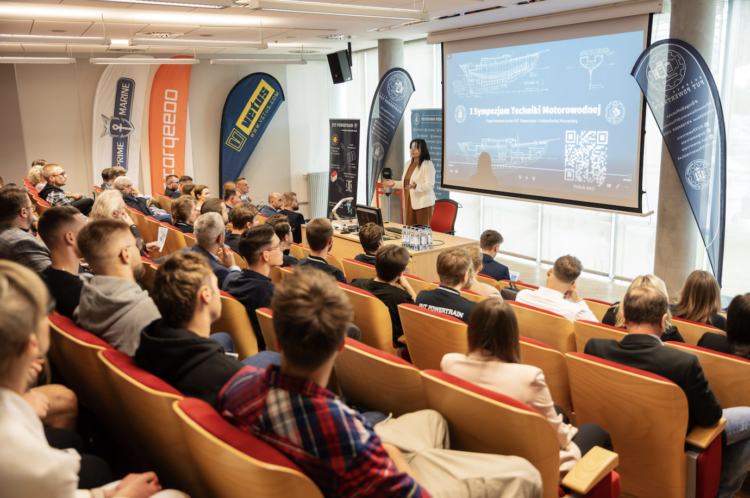
A group of students at Poznań University of Technology in Poland are building a solar boat which will compete in the twelfth Monaco Energy Boat Challenge, scheduled for July 2-5, 2025.
The Scientific circle will design and build a solar boat powered by solar panel energy and a hydrogen cell.
Their current design is to build a boat 4.6 meters long and just under 2 meters beam, powered by a 6 kW Torqueedo outboard motor. The peak power potential of the solar panels is likely to be 1 to 1.5 kW using flexible photovoltaic panels from an area of six meters.
The competition’s ‘endurance’ section will require continuous propulsion for four hours using real time energy from the solar panels. The capacity of the battery is typically around 1.5kWh allowing the boat to compete even when sunlight is limited.
Victron distributor Suntrack are supporting the solar boat team with training, advice and product donations. Suntrack’s product manager Michał Kata is providing technical support and guiding the students through the process of building an efficient and competitive solar-powered boat by choosing the correct energy flow management components. An initial training course, tailored to the project, has been completed – at the end of which the students were pleased to have achieved their training certificates!
The Monaco Energy Boat Challenge consists of several competitions, each of which has its own rules and distances. The key to success is to build a boat capable of accruing as many points as possible in each of these competitions.
The qualifying lap is half a nautical mile. There’s a one kilometre ‘speed’ race. And in the endurance race the challenge is to complete as many laps of the three nautical mile course as can be achieved in 4 hours.
The endurance race is one of strategy – where the boat’s pilot has to decide whether to fly around the course at top speed until all available energy is exhausted, or proceed at a steady pace for the full four-hour duration, in the hope of completing more laps in the long run. Much will depend on the solar energy available on the day, and on the real-time power information available to the pilot.
The Scientific Club of Poznań University has about 40 students about half of whom have chosen to support the Solar Boat project. The boat will be designed and built from scratch – for most students this will be their first experience in this field …though they will bring experience from the many other engineering projects the university pursues.
It is expected that the final design will use advanced construction materials such as carbon fibre, Kevlar – or perhaps a fiberglass boat will be reinforced with those materials to achieve a balance of economy, strength and weight.
The project’s communication team is headed up by Malwina Nowak who regularly posts updates on their Facebook page. Malwina says: We post all news and updated information on our social media and we try to show every process of its construction. So far, we have written an article about the Monaco Energy Boat Challenge, which was published in the last edition of the Yacht Technology Bulletin quarterly. Another edition will be published soon, which will summarize the 11th edition of the Monaco event from the perspective of observers. Of course, we plan to write articles strictly related to the construction of the boat, what elements were used and general technical and construction matters in the future.
The students have built a model of their intended competition boat:
Suntrack are proud to support tomorrow’s Polish engineers whose careers will contribute to global developments in sustainable energy. And although it requires expenditure of time and money now they hope that introducing students to Victron Energy’s system-reliability will secure a mutually rewarding longer-term relationship. SunTrack has been supporting PUT since March 2024, sharing their experiences in technology and knowledge.More broadly, the PUT Powertrain Scientific Club focuses on research and design of alternative drive systems used in various means of transport. They are outward looking – taking part in fairs and exhibitions in order to gain new contacts and to exchange experiences.They say: Cooperation with Victron Energy is not only proof of the power of teamwork towards a set goal, but above all, joint exchange of experience and knowledge. The balance of practical and substantive knowledge gained by cooperation is intended to help make dreams come true and allow students to take a big step into their engineering future.







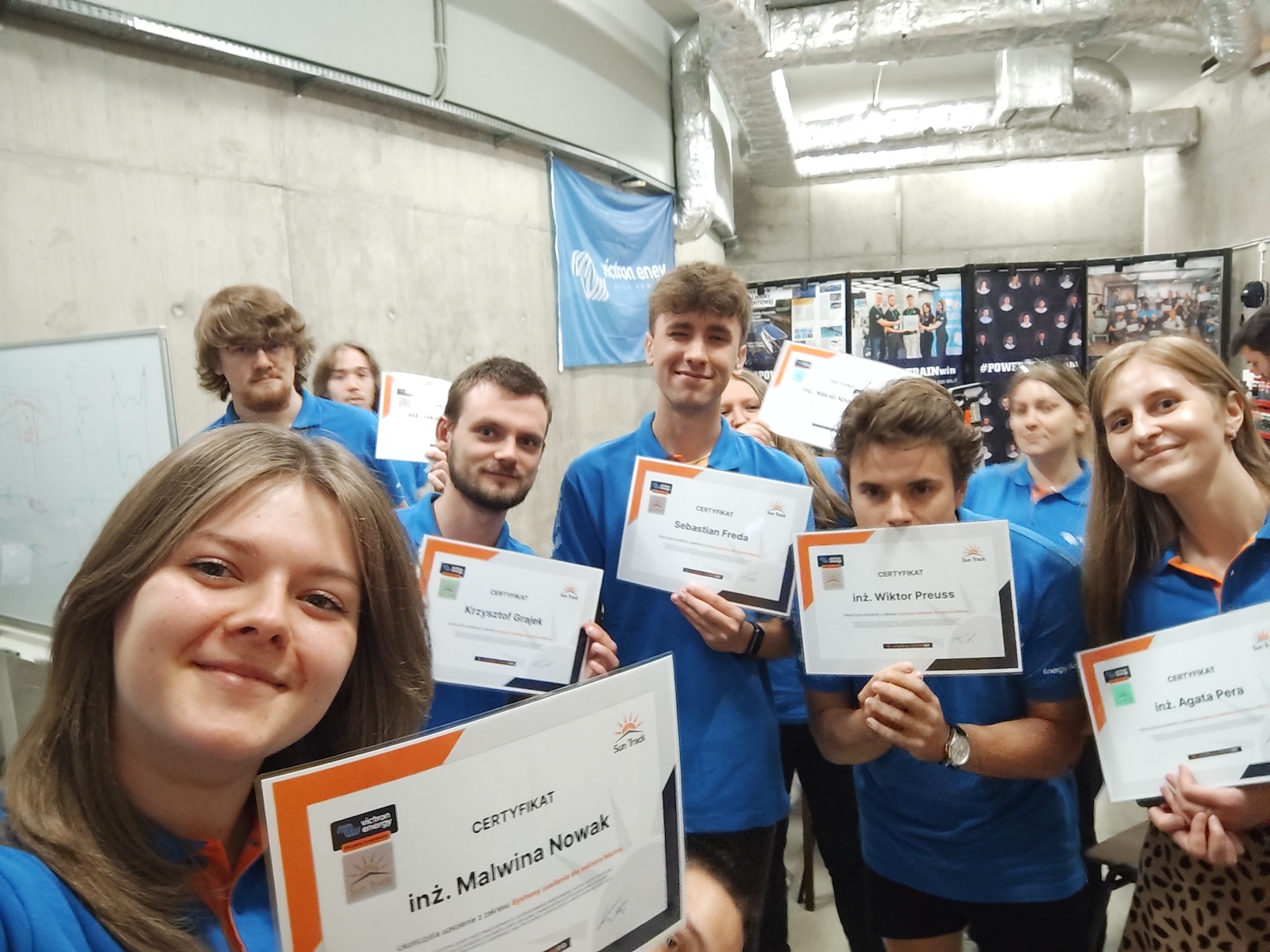

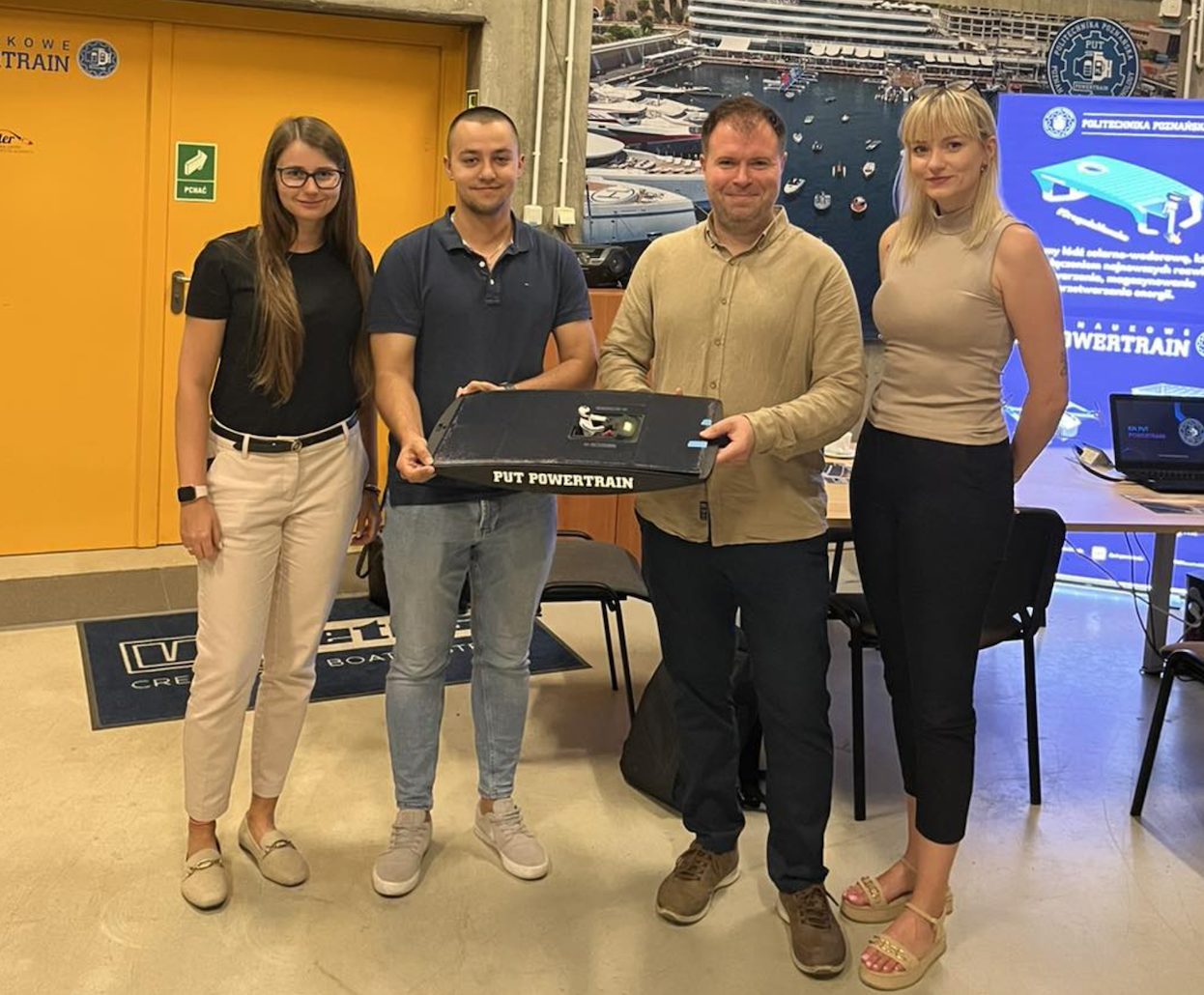

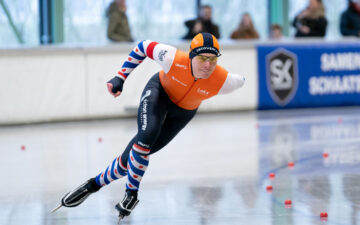
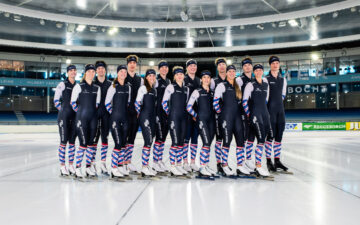










 #victronenergy #adventure
#victronenergy #adventure
 ELECTRICS
ELECTRICS 
